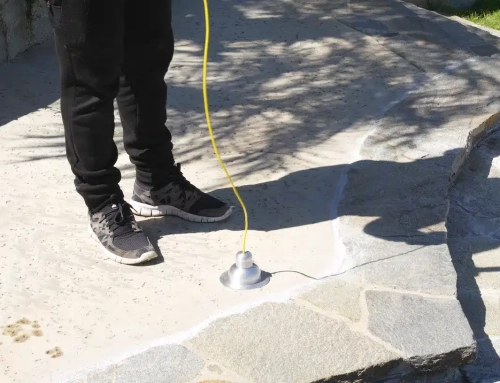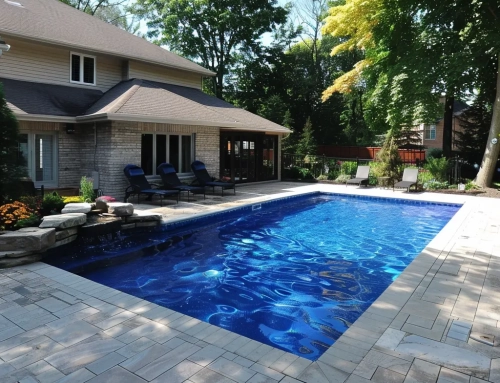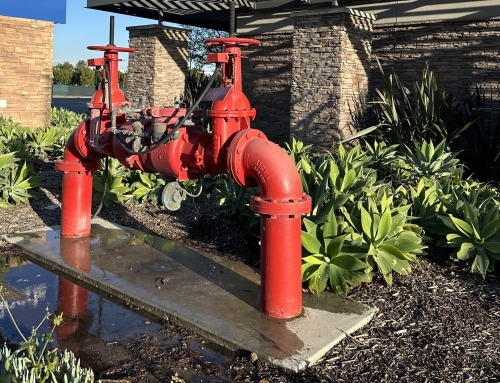In the past, we have discussed how we use cameras to back up our findings. We discover that, for instance, a return line is leaking. We heard the leak using our Pool Scope. We performed a static pipe test to confirm the pipe is in fact ingesting dye. Now we might use compressed air and water to create the sound of the leak and listen for it’s exact location under the patio or landscape where the pipe runs. However, people might want to use a camera to back up their findings, but they are already aware of the approximate location of the leak. You can use a camera to find a leak in your pipes.
To benefit camera users on detecting leaks, we approached the situation where cameras might miss the leak. Glue lines, dirt and debris and other factors can hinder the cameras ability to see the crack, break or separation that causes water loss in the pipe. We considered how we can make the leak clearly visible for cameras, and that is how we designed the CamVac system. Much in the same way we use air wanter to create the sound of leak, we use vacuum to create a clear visible indicator of where a leak is.
By applying a small amount of vacuum to a line, just a pound of vacuum, (inverted pressure) will draw air from outside of the pipe into the line. The line is isolated, so the only access for air to be drawn into the pipe is at the leak. By creating a stream of bubbling air from outside of the pipe, as we draw back on the camera we can see the turbulence approaching the leak, and ultimately, the bubbles revealing both the location and the severity of the area needing repair.
Taking the process one step further, there are situations where the area surrounding a pipe has been thoroughly saturated and there is actually a strong amount of moisture and even water outside of the pipe itself. With the pipe evacuated, pulling into the empty line from outside of the pipe we can see the water, mud and debris being pulled into the empty pipe, again, revealing where the break is.
Camera with sonde technology, like our Hand Held Video Pro Camera with the sonde head attachment will deliver a 512hz frequency at the camera head. Once the camera is at the location of the leak, using a 512 receiver to identify it’s exact location will tell users right where repairs have to be made, reducing time spent digging and the growing cost to make repairs.
Learn about the Hand Held Video Pro Camera with the sonde head attachment and the CamVac system for finding leaks in pies using a camera HERE.
For more information, or to make purchases by phone, call 818-436-2953 today.






